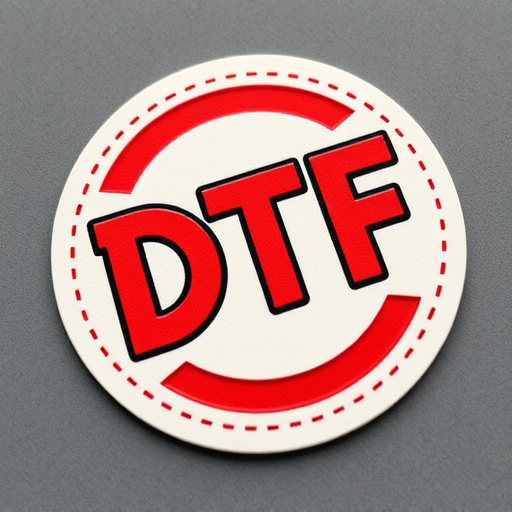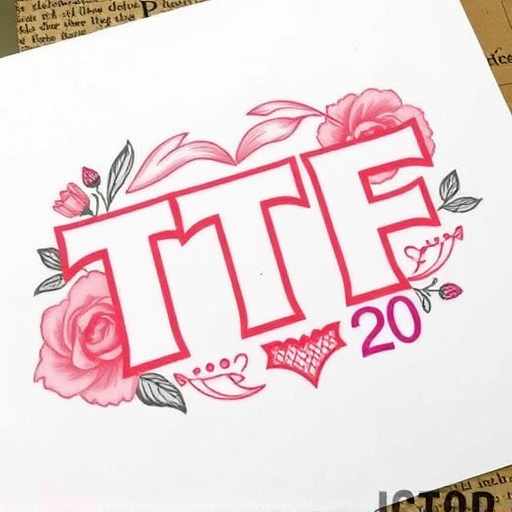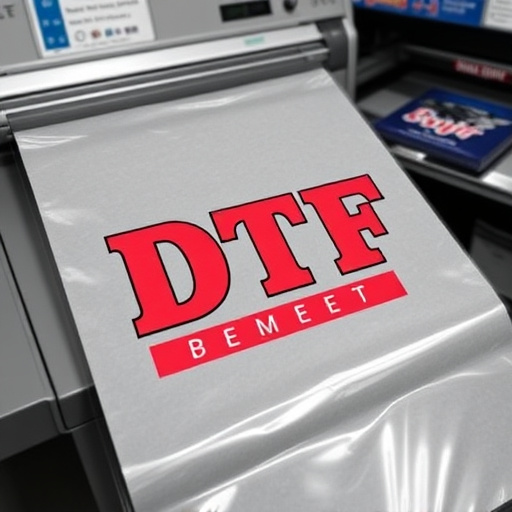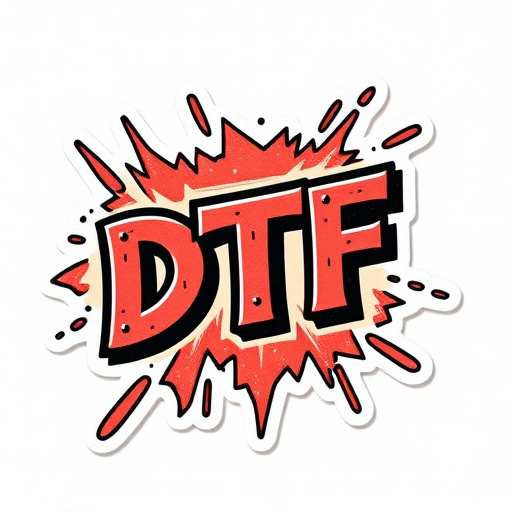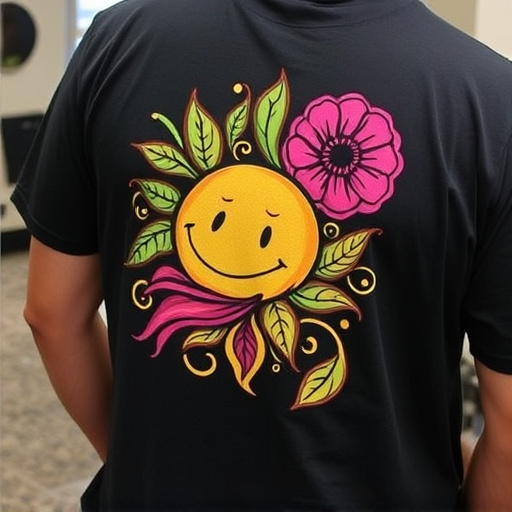Choosing the right DTF inks is crucial for high-quality printing on fabrics, with key properties like vibrant colors, quick drying times, and strong adhesion. Different ink types cater to specific applications and fabric challenges, ensuring designs withstand washing. For optimal results, select inks based on printer model and fabric type, following manufacturer guidelines for superior print quality and long-lasting designs.
In the realm of digital printing, DTF (Direct to Film) inks are a game-changer. This technology offers vibrant, accurate color and seamless application on various surfaces. But with numerous options available, understanding key properties is essential for achieving optimal results. From durability and adhesion to colorfastness and cure speed, this guide breaks down the critical characteristics of DTF inks, empowering you to make informed choices.
- Understanding DTF Inks: Properties Matter
- Key Characteristics for Optimal Performance
- Choosing the Right Ink: A Comprehensive Guide
Understanding DTF Inks: Properties Matter
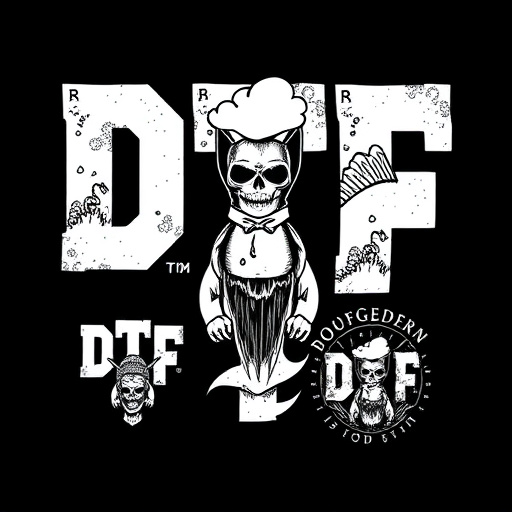
Understanding DTF Inks: Properties Matter
DTF (Direct-to-Fabric) inks have transformed the textile industry by enabling high-quality, precise printing on a variety of fabrics. When selecting DTF inks, it’s crucial to consider key properties that ensure optimal performance during printing and long-lasting durability on the final product. Key factors include color vibrancy, which guarantees vivid and accurate colors that pop on dark fabrics like those commonly used in apparel production; quick drying time, essential for maintaining efficiency in high-volume printing environments; and exceptional adhesion, ensuring designs remain intact even after washing and wear.
Moreover, DTF inks come in various types designed for specific applications, such as dtf transfer film and dtf heat transfer paper. Each variety offers unique advantages tailored to different fabric types and print requirements. For instance, DTF printing for dark fabrics presents specific challenges due to the ink’s need to penetrate the fabric’s surface effectively. Selecting an ink formulated to handle these complexities ensures superior results in producing high-quality, long-lasting garments and textile products.
Key Characteristics for Optimal Performance
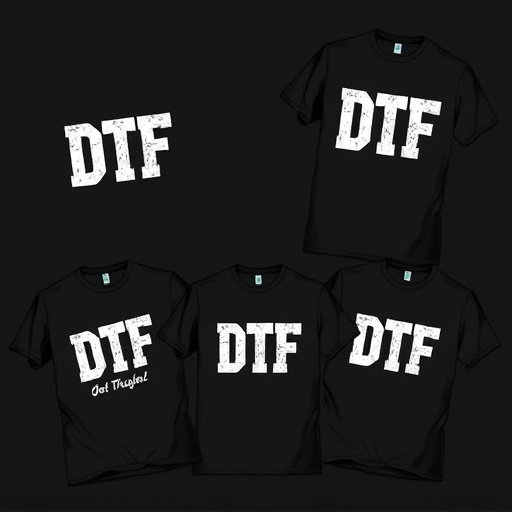
When selecting DTF Inks for your printing needs, several key characteristics influence optimal performance and ensure high-quality results, especially when intended for applications like DTF for t-shirts. Firstly, consider the ink’s adhesion to various materials, particularly fabric. The best inks offer exceptional adherence, creating vibrant, long-lasting designs on t-shirts and other textiles without peeling or fading over time. This is crucial for maintaining the visual appeal of your creations.
Additionally, the ability to withstand washing without damaging the print or experiencing color bleed is essential. Cold peel DTF transfers, when done right, should result in a secure bond that can endure regular laundering. The ink’s composition, including its pigment quality and base formulation, plays a significant role in achieving these attributes. Opting for inks with proven performance ensures that your designs not only look great initially but also stand the test of time and frequent use.
Choosing the Right Ink: A Comprehensive Guide
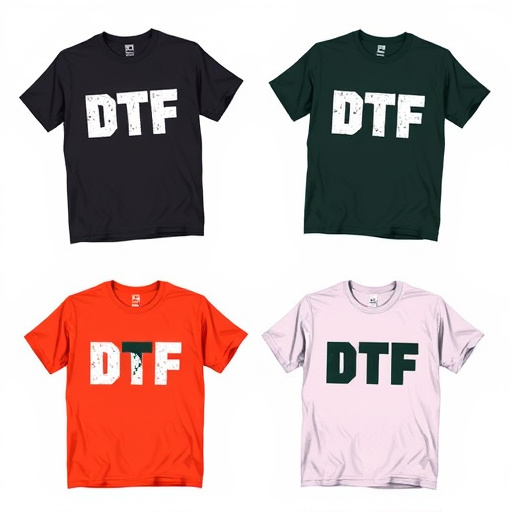
Choosing the right DTF (Direct-to-Film) ink is a crucial step in achieving exceptional print quality, especially when it comes to DTF printing for light fabrics. The market offers various options, each with unique characteristics suitable for different applications and materials. When selecting an ink, consider its compatibility with your specific direct to film printer and the type of fabric you intend to print on.
High-quality DTF inks are designed to provide vibrant colours, excellent adhesion, and durability. They should be able to withstand washing and drying processes without fading or peeling. Additionally, fast drying times and a wide colour gamut ensure efficient production and a range of possible designs. Always check the manufacturer’s guidelines for optimal printing results and choose an ink that aligns with your project’s requirements, whether it’s for clothing, accessories, or other textile products.
When selecting DTF Inks, understanding their key properties is essential for achieving optimal printing results. By considering factors like color vibrancy, durability, and compatibility with your substrate, you can ensure your ink choices enhance your projects’ visual appeal and longevity. Remember that the right DTF Ink, chosen based on comprehensive knowledge of its characteristics, will revolutionize your printing process and elevate the final output.

